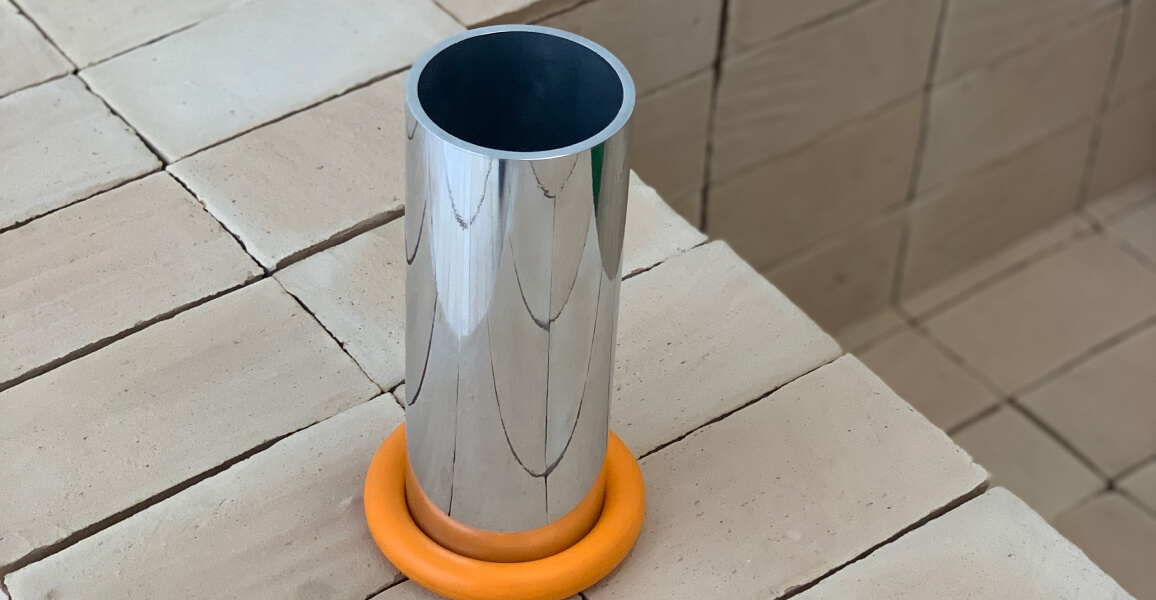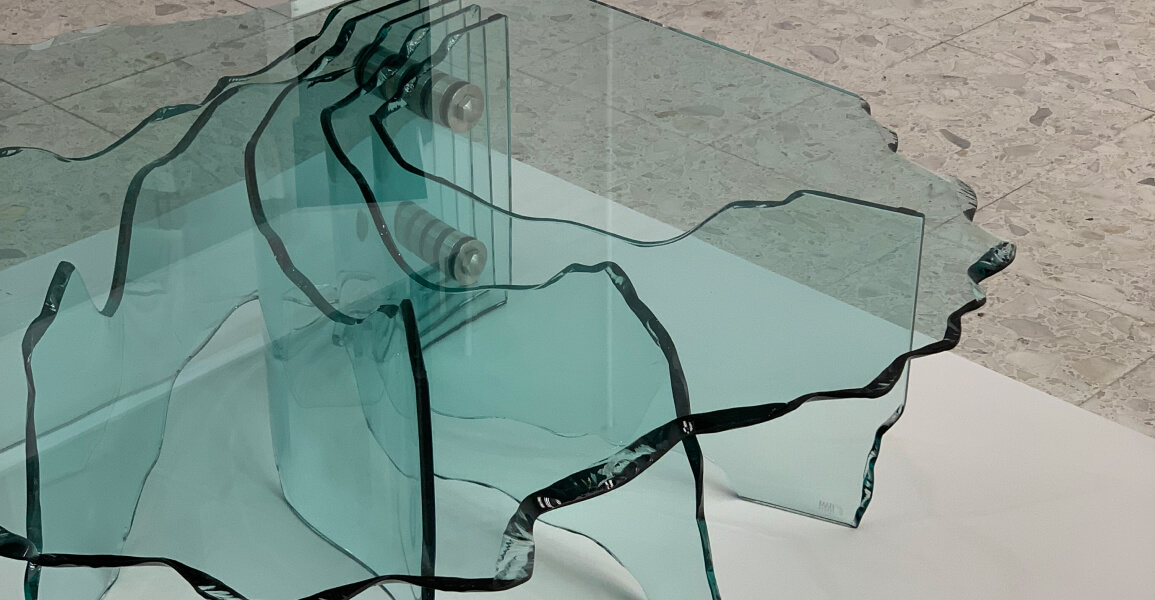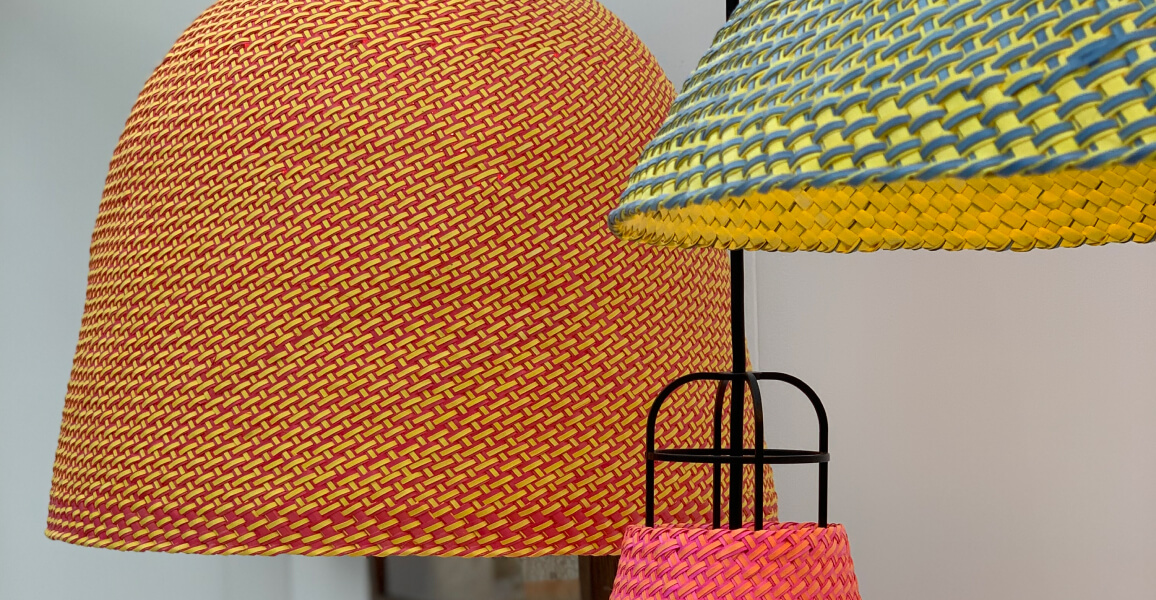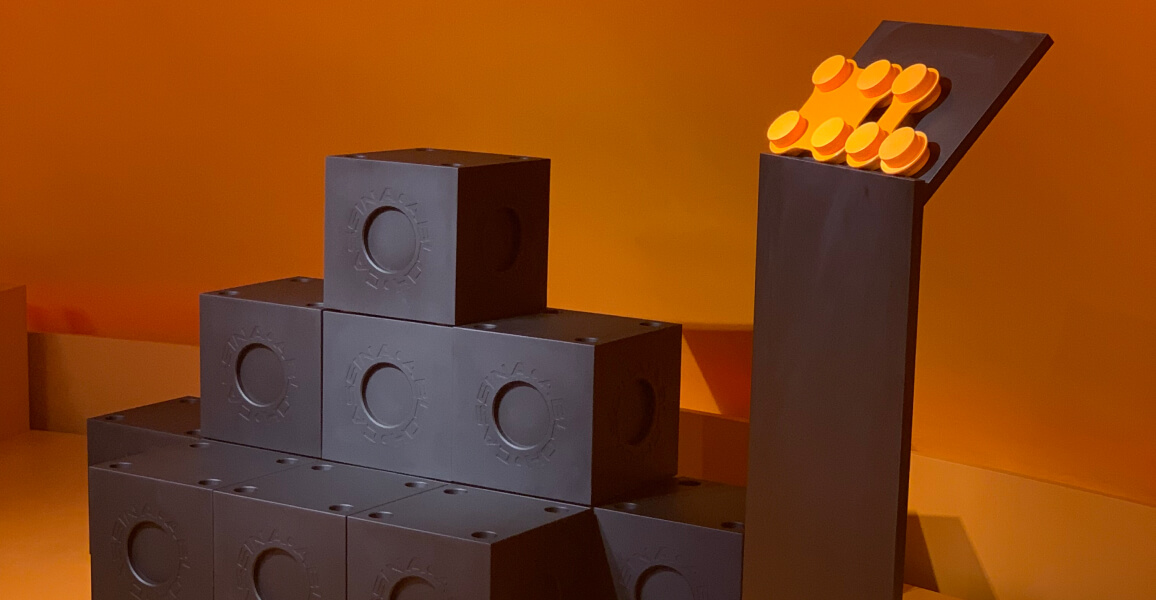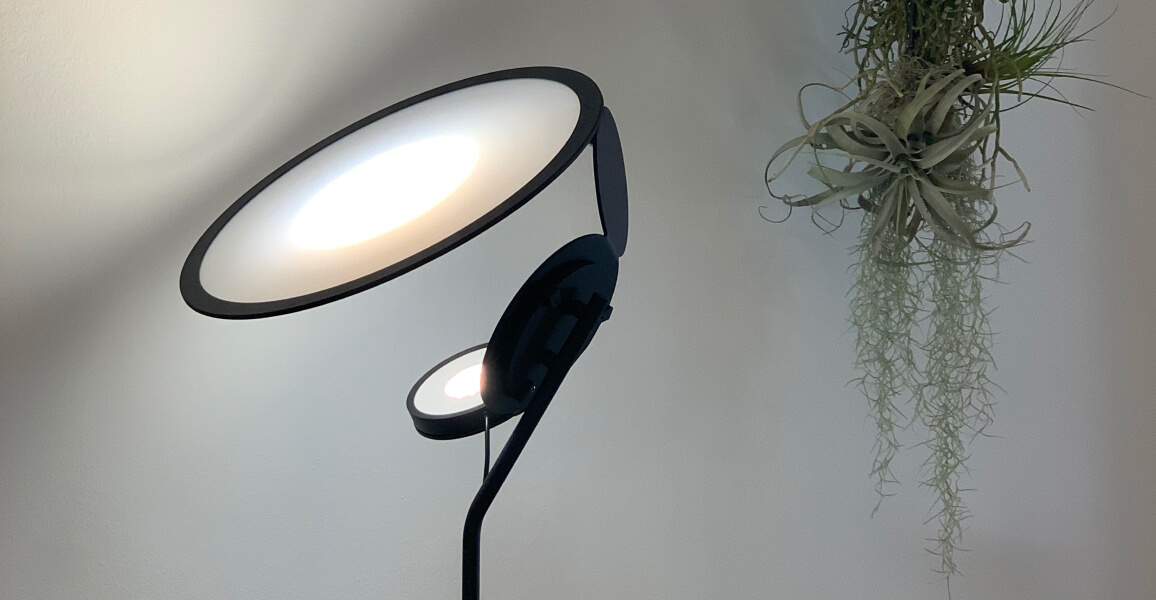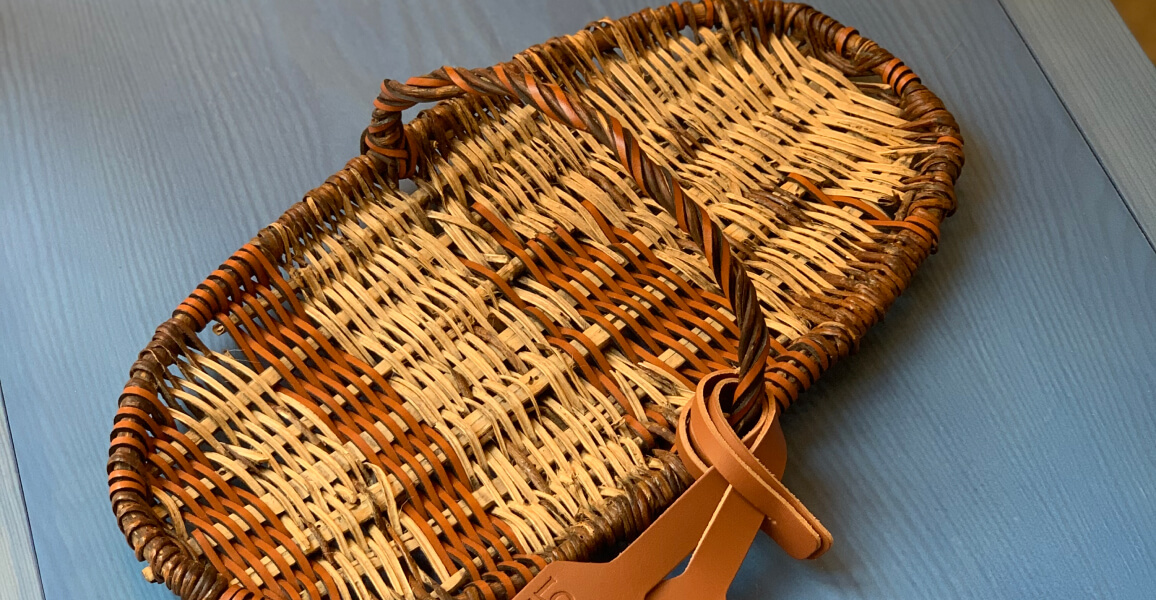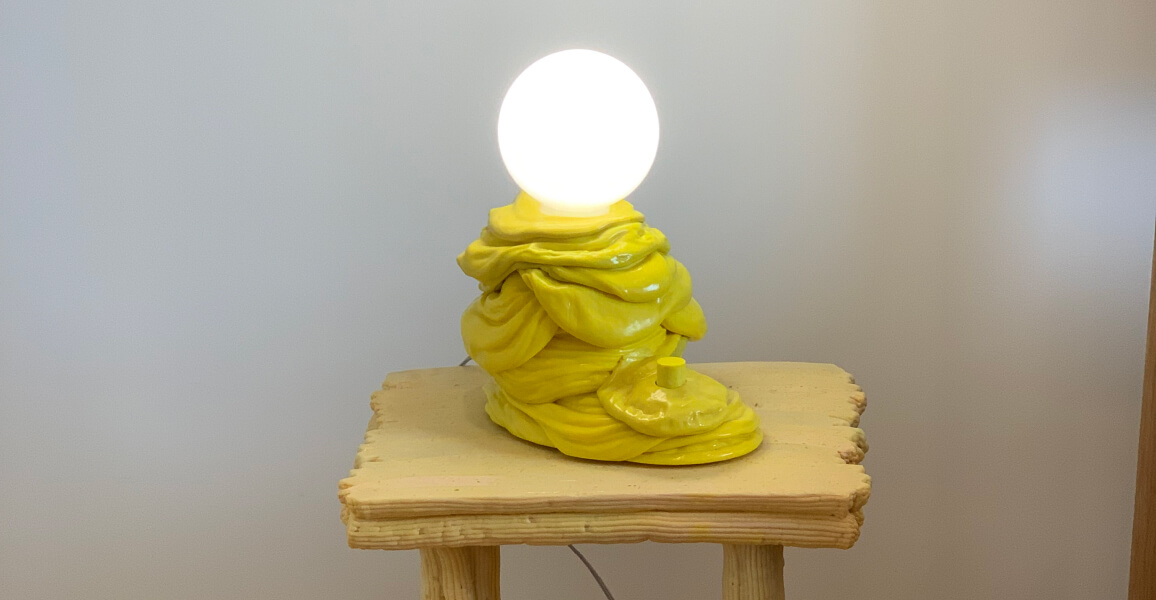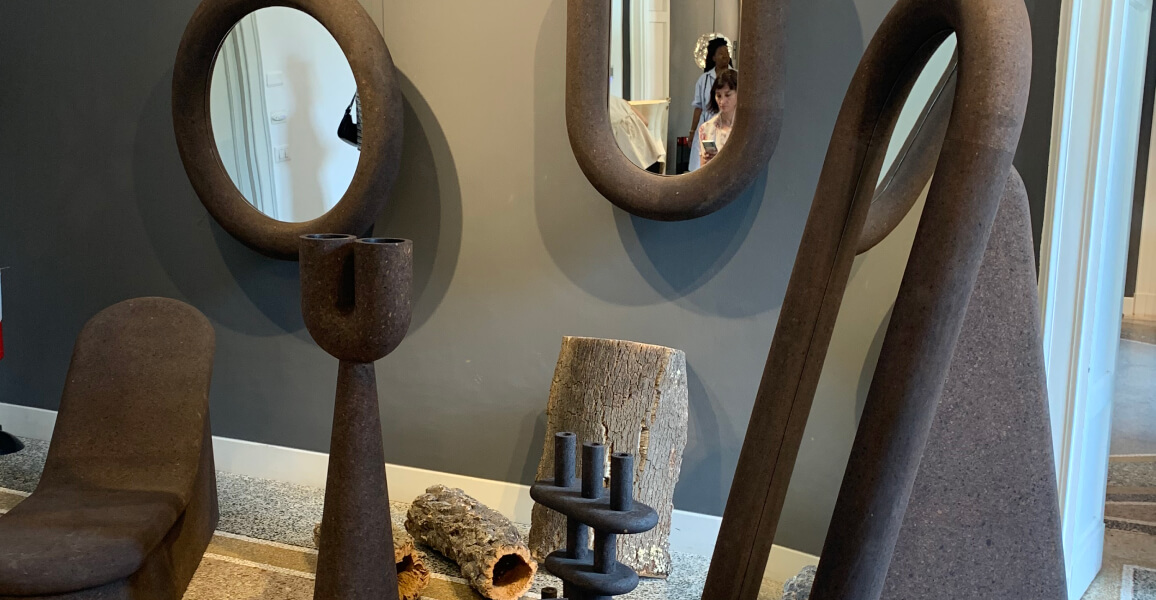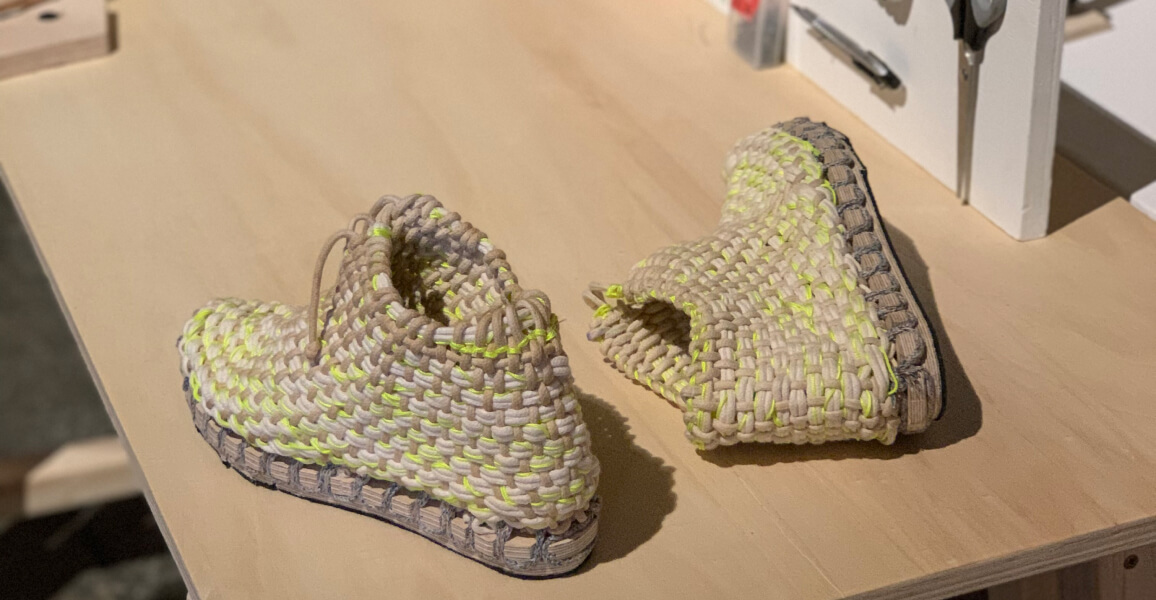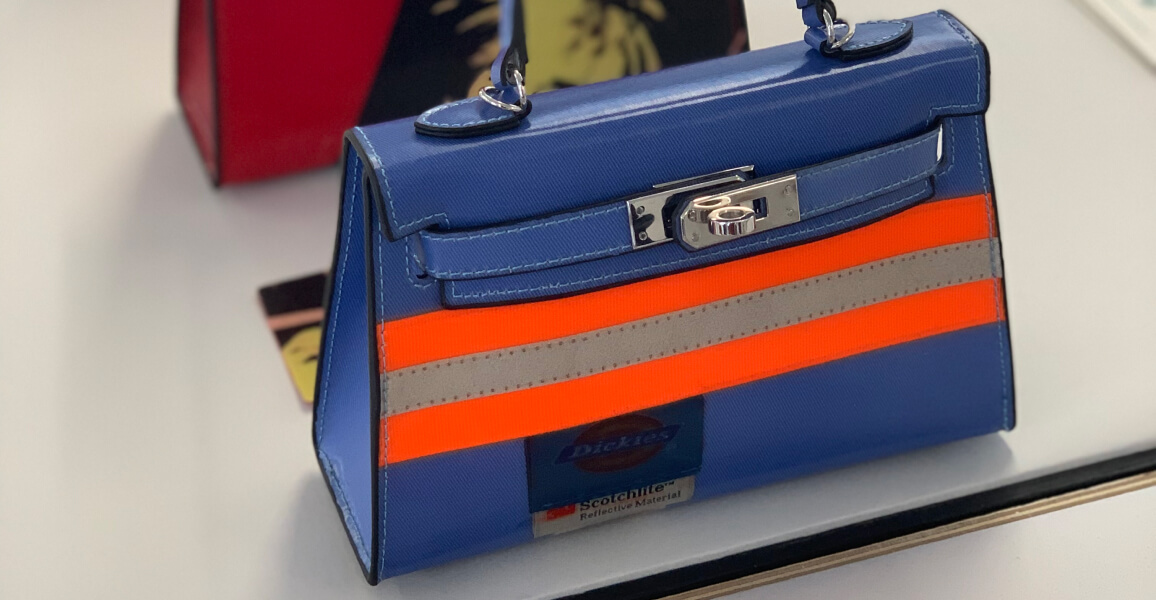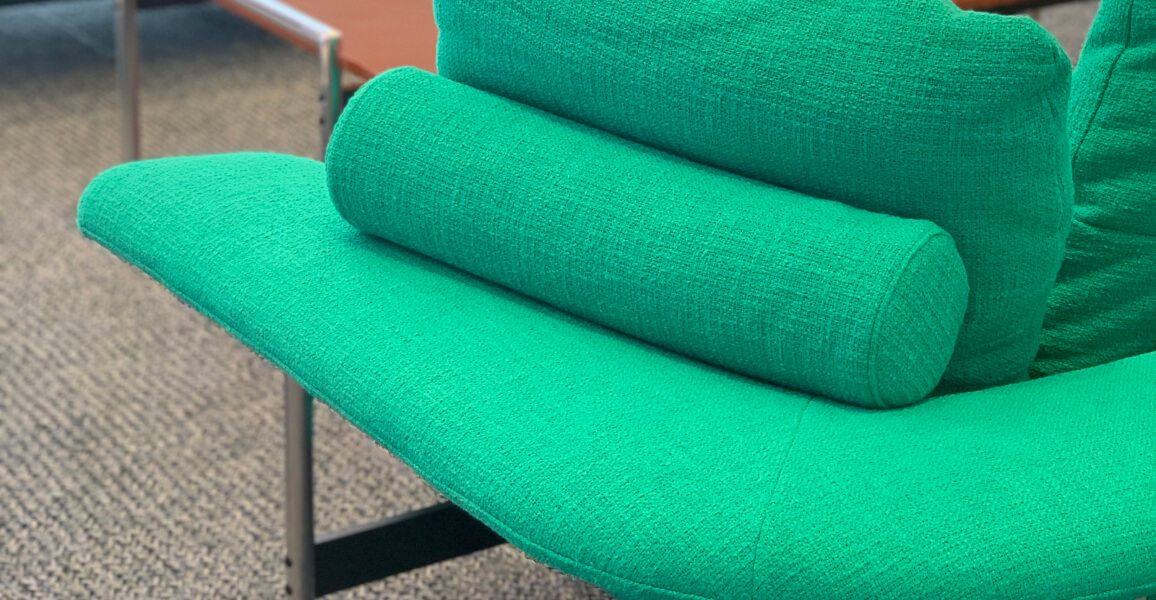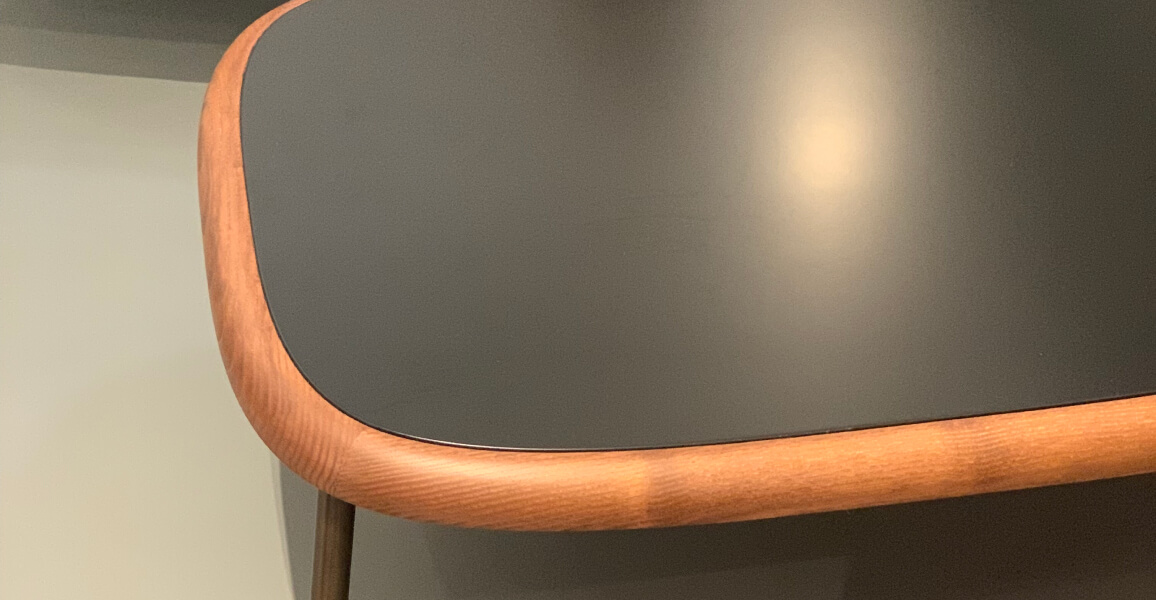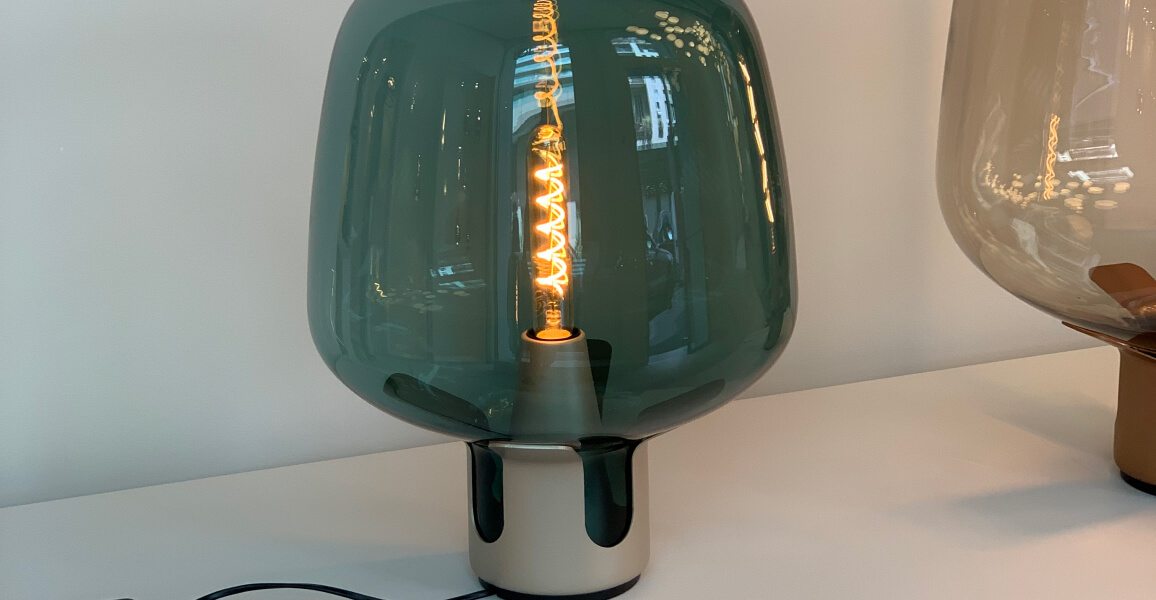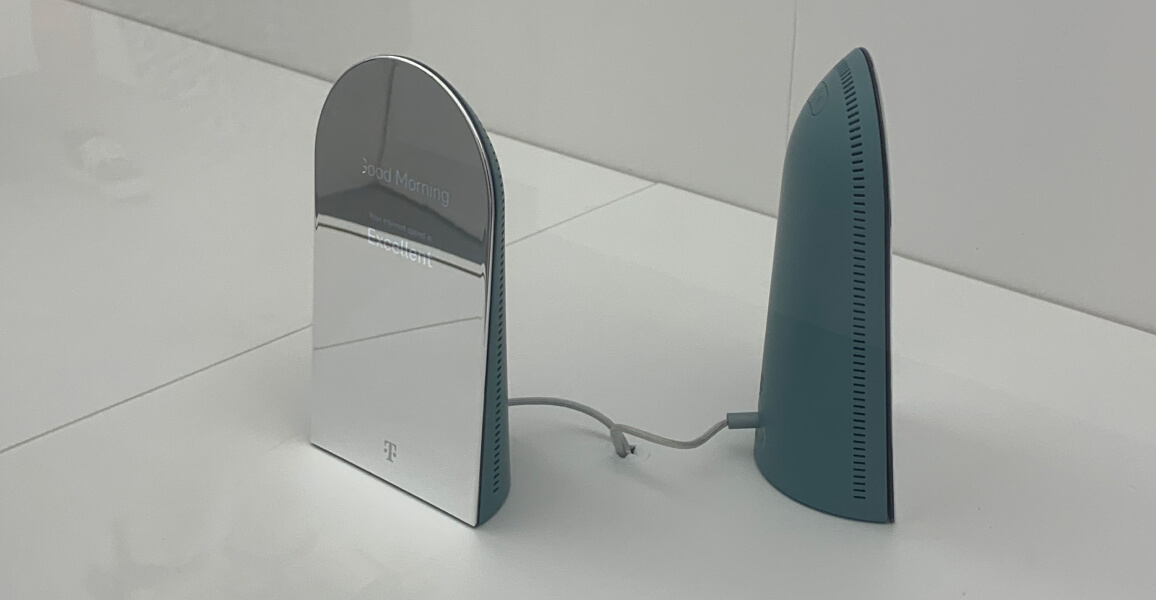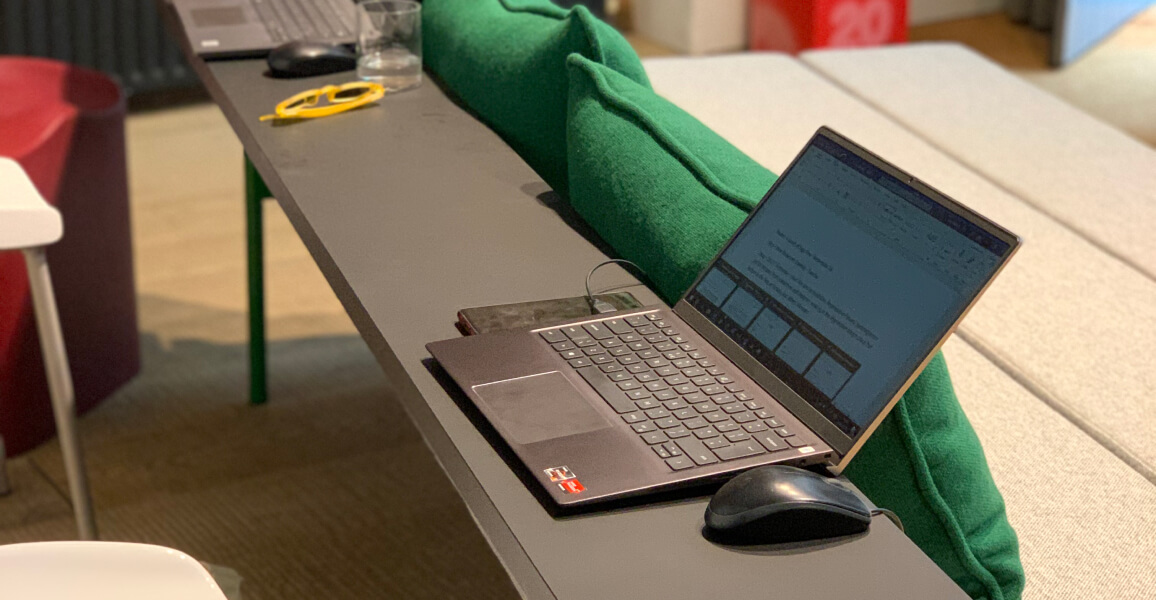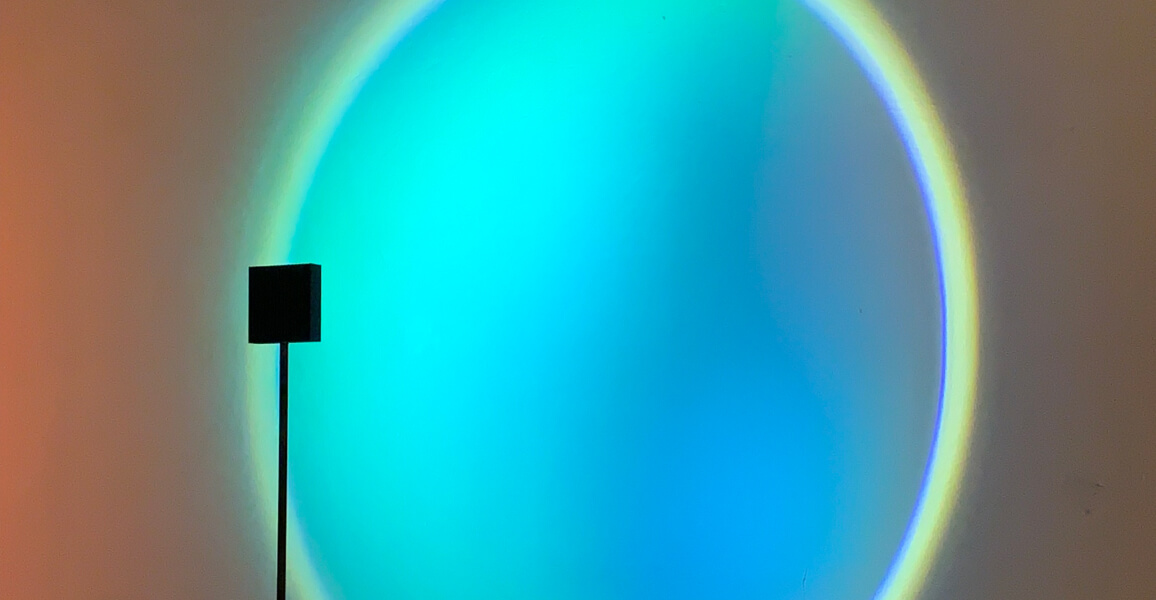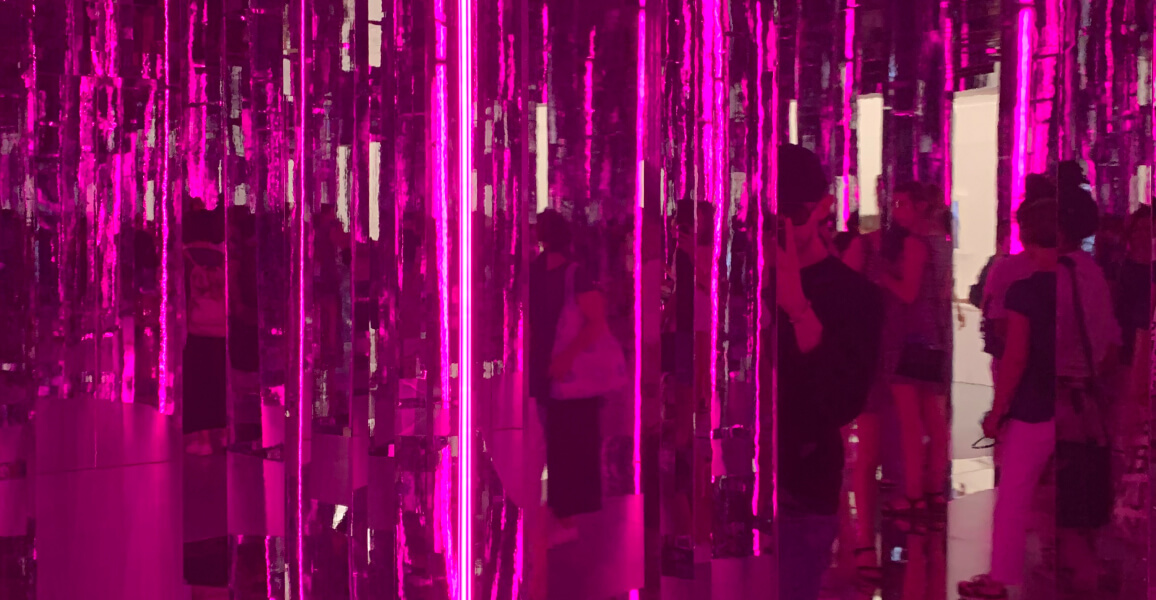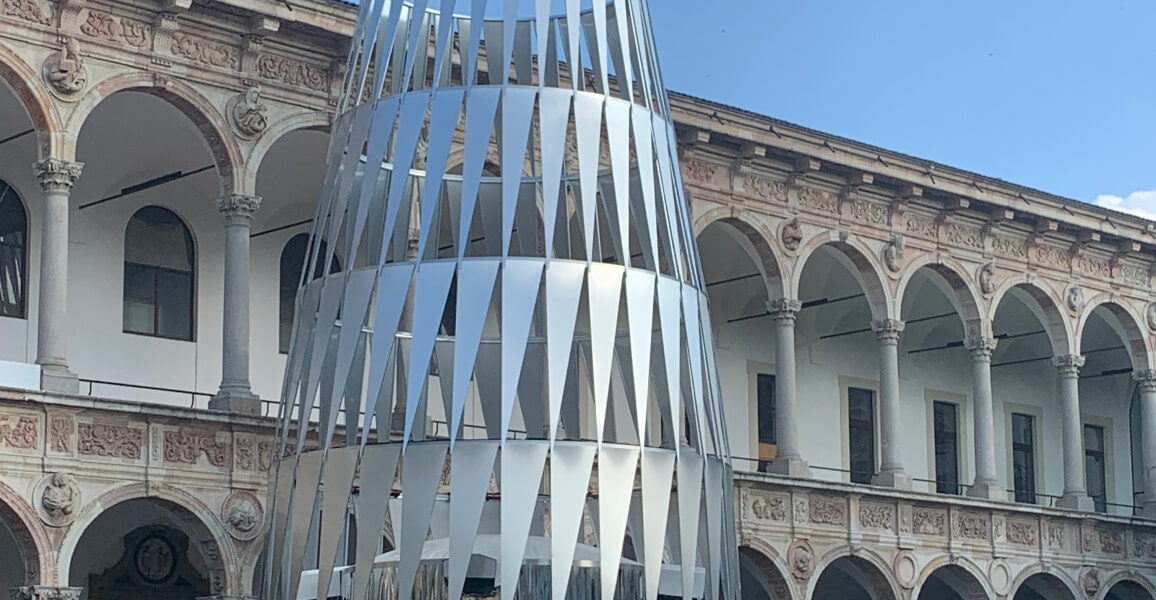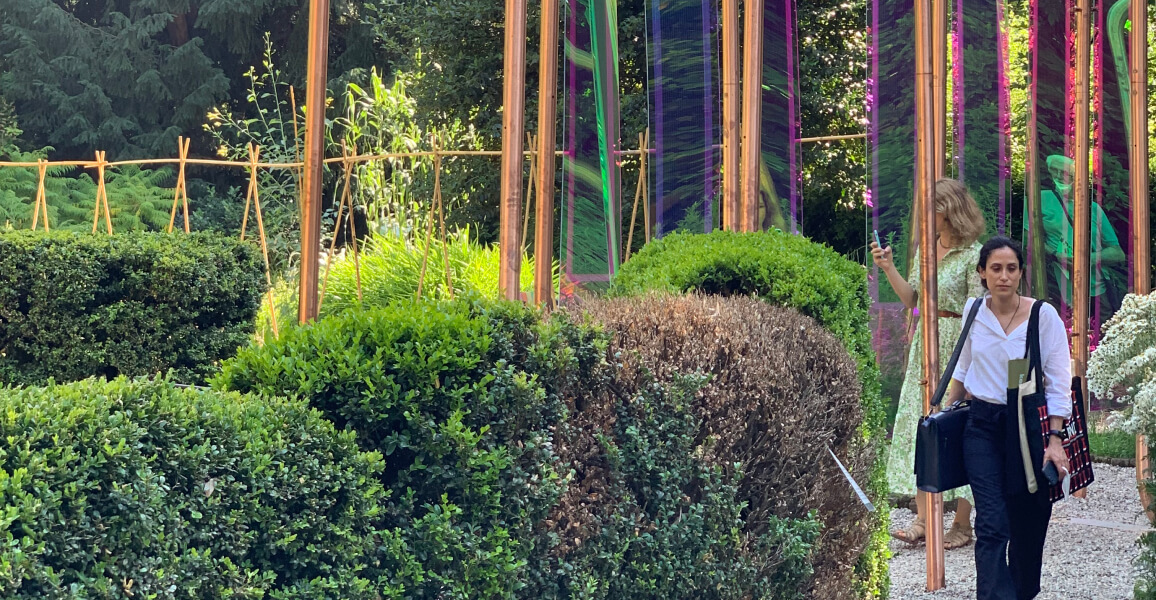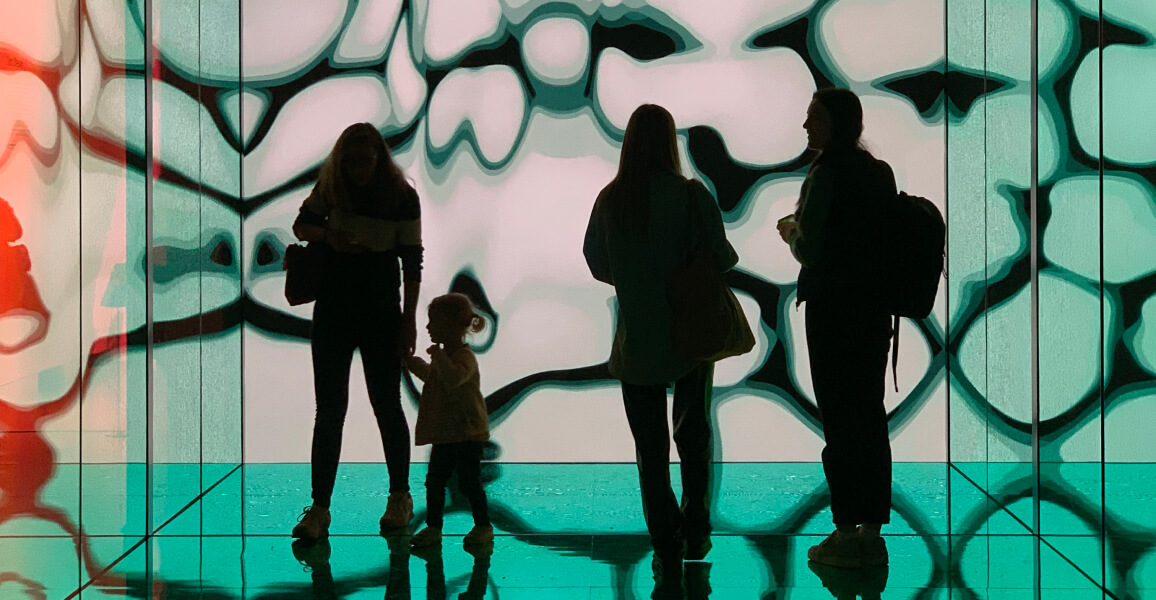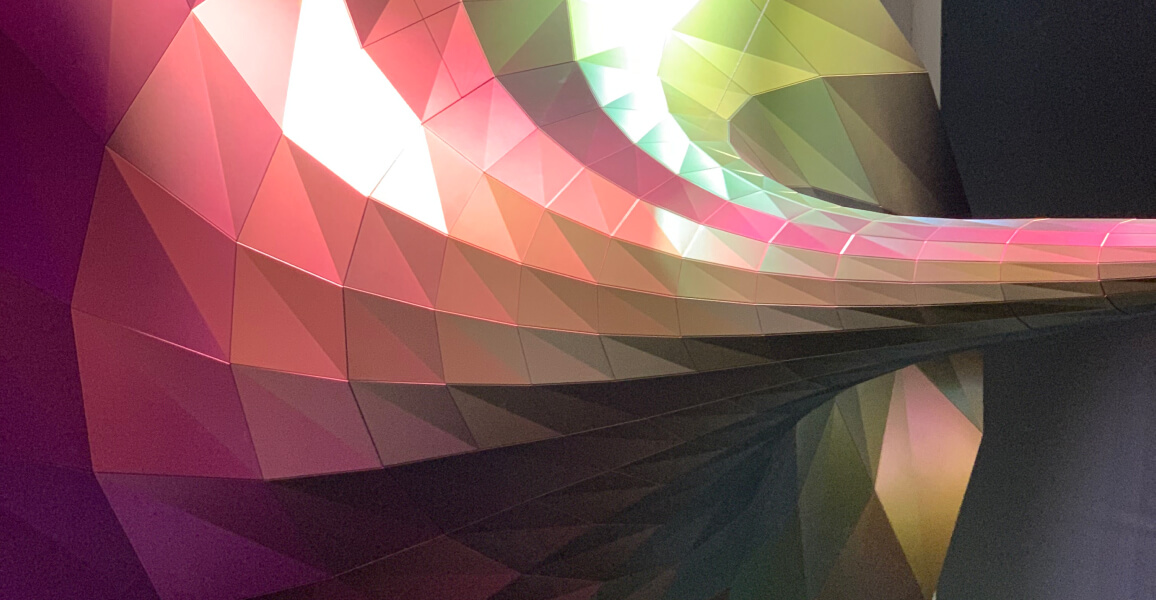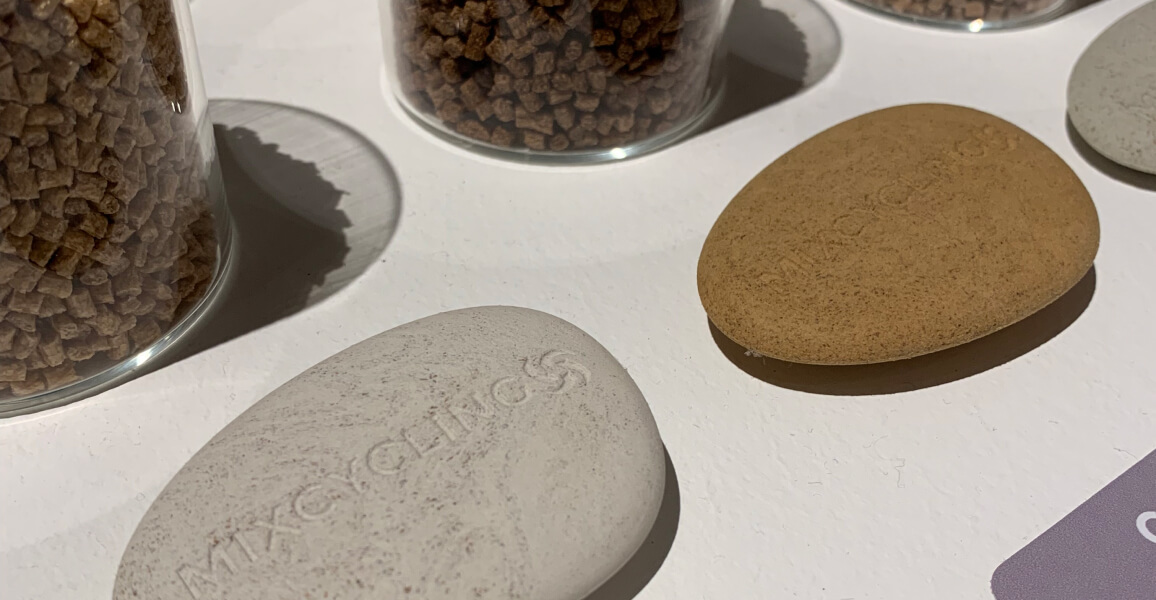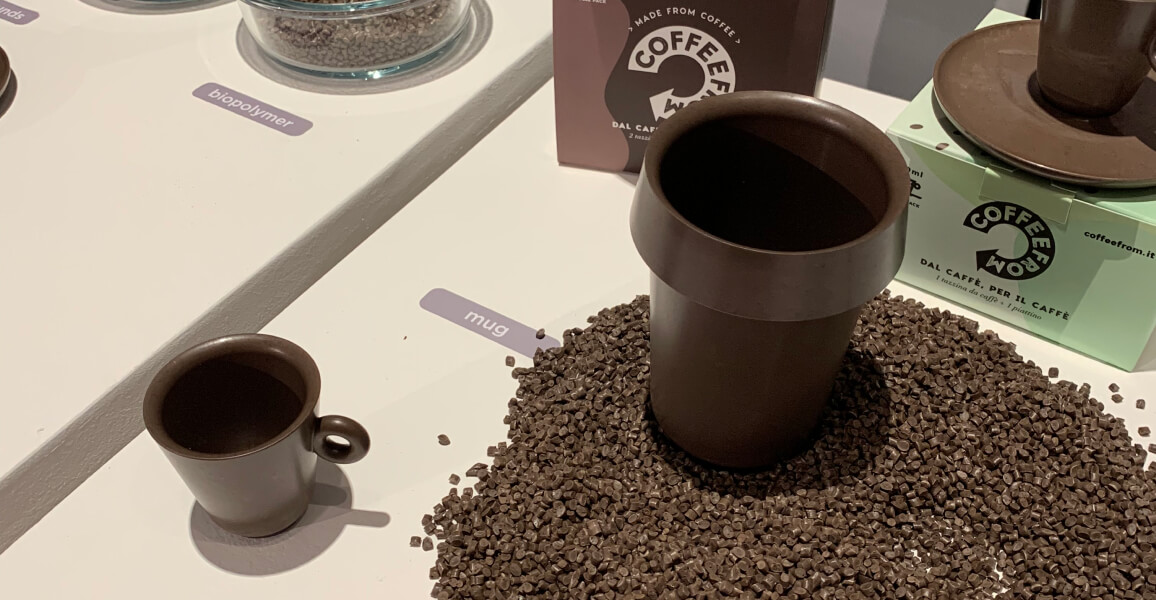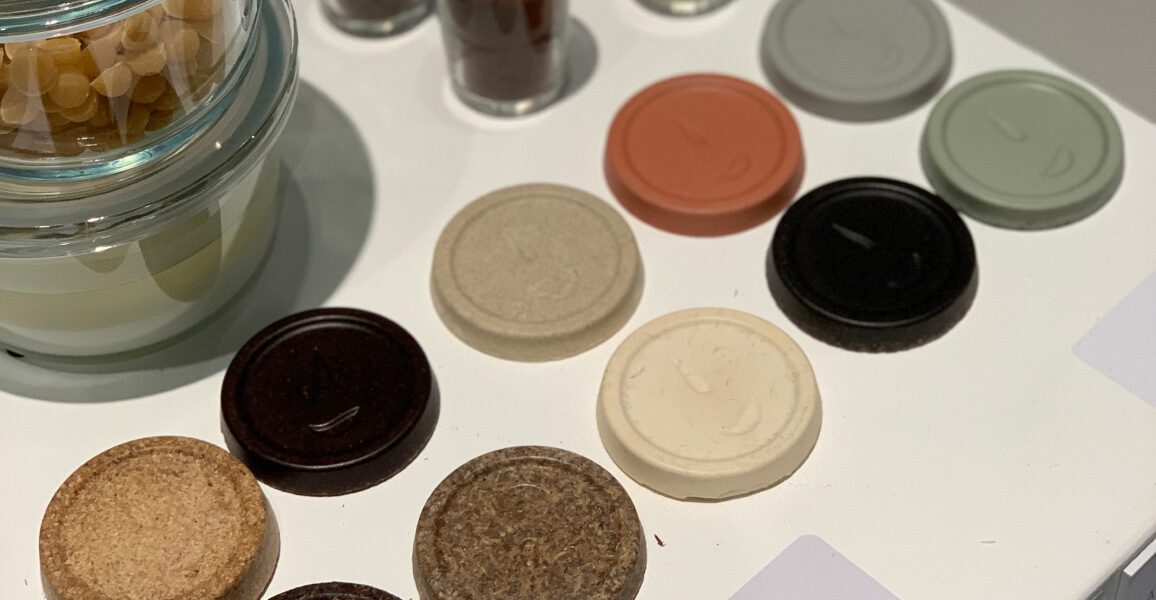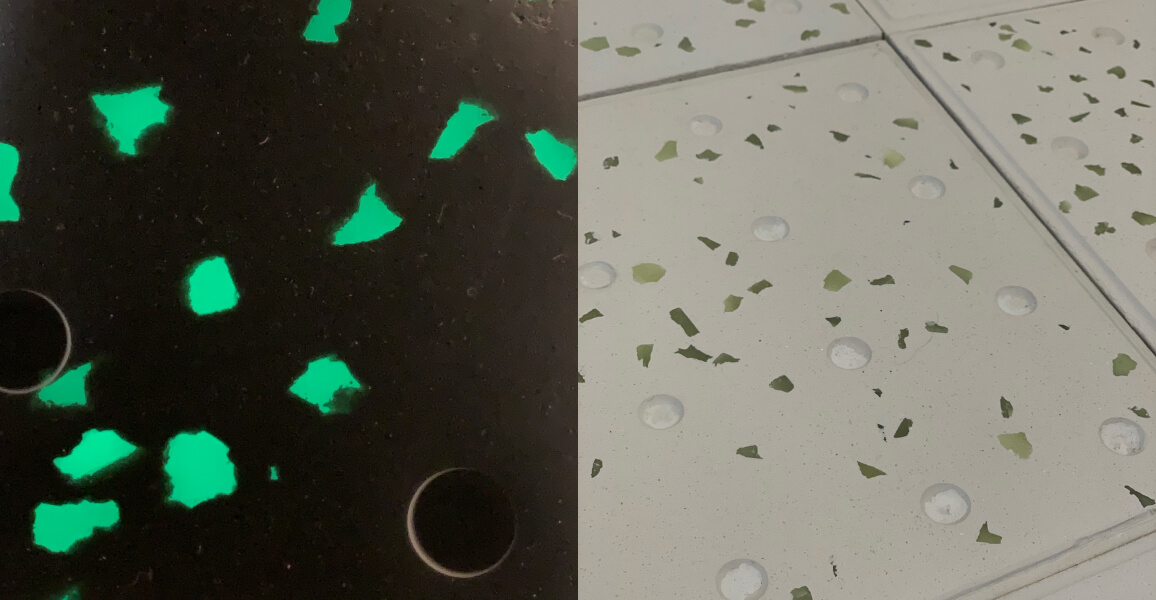Learnings from the Design Industry in 2022
Gianni Teruzzi
Following a few years of limited travel, social distancing and virtual connections, 2022 offered an opportunity for Huemen to re-engage with the design community on a tangible level thanks to the full-scale relaunches of some of the biggest design events in the world.
Two of last year’s highlights were the prolific Milan Design Week during the summer, and the 20th edition of the London Design Festival in autumn. After attending both events, Huemen has wrapped up the key trends from last year’s shows. Below are the highlights.
Expressive vs. Minimalistic
The battle between expressive and minimalistic design raged on in 2022. More interestingly, this clash of titans reached a new climax where design objects took cues from each camp to create a new mix of design stories. The resulting designs were fused, mixed and balanced together for viewers to discover within a single artifact.
Furniture pieces were keeping a simple shape but became accentuated through pops of color such as the Modular Imagination by Virgil Abloh and the pendant lamps by Thinkk Studio; or the use of minimal material combinations coupled with expressive shapes such as the Shell coffee table by Danny Lane or the Cut floor lamp by Timo Ripatti.
Sustainability
The sustainable trend is a long runner; it’s been around for some years and made its mark again in 2022. From high fashion brands and top designers such as LOEWE and Tom Dixon, to this year’s graduation cohort of the Design Academy Eindhoven and the Royal College of Art in London, the topic of ‘sustainability’ has been on every designer’s mind.
Loewe presented a project called ‘Weave, Restore, Renew’ where traditional craft techniques are used to give new life to old, discarded objects. Tom Dixon presented a collection of home objects made of 100% sustainable cork. Graduate Ruben Warnshuis (Design Academy Eindhoven) explored the simplification of the footwear production process through his ‘Industrial Devolution’ project, which aimed to develop self-sufficiency, democratise gear in low income environments and help reduce waste.
Inspired by Nature
On the back of the ‘sustainability’ trend are great design pieces that took direct inspiration from nature. From organic shapes to natural colors and material combinations; many designs were presented with the intention to introduce the natural environment into the home.
Moroso teamed up with Front Design and Kvadrat to develop a furniture and upholstery collection inspired by the forest – from the shapes of sofas and poufs evoking the feeling of soft pebbles to textiles reminiscent of moss and stone. Echinoidea was presented by GG-Loop as a modular wooden pavilion inspired by sea urchins, that explores the archetype of the shelter to reflect relationships between people and nature.
Wellness and Comfort
Products that bring an element of wellbeing and comfort into dwelling spaces was also a key focus point for brands and designers during the year. From shapes of furniture – sofas and tables – that make the objects look and feel cozy, to redressing technologies to be gentler at home. Additional highlights included ways to improve productivity and introduce wellness in the office, with design solutions that rethink entire working (and co-working) environments.
Immersive Experiences
Across both design events, the installations did not disappoint. Interiors were transformed with the use of light and space to create immersive and memorable experiences; whilst exteriors invited spectators to become part of the installations with enhanced interactive elements.
Some installations highlighted new technologies such as Mandalaki’s ‘Cosmo’ lights and Sony’s ‘Into Sight’ collaborative installation with 3M. Other brands presented innovative installations, such as Layer Design’s Deutsche Telekom ‘Fractal’ experience. This year also saw the botanical garden of Milan turned into a complete ‘sustainable’ playground for people to enjoy while the sun was out.
Unconventional Materials
Along with the big consumer brands and established designers, Huemen also got a look at multiple material producers during these design events. It was refreshing to see such variety of unexpected materials. Although not all were ready for mass production, they were a testament to the possibilities outside of the standard plastic-based solutions
From special pigment manufacturers to glow in the dark composites, the shows were full of small experimental makers that focus on sustainable materials. These design solutions include the use of coffee grounds turned into bio-composites and bio-silicone alternatives made from pine resin.
Last Thoughts
Many of last year’s design events featured the topic of ‘sustainability’ and ‘wellness’. Both trends were expected, as designers set to fulfil their mission to improve society and help tackle climate change. In addition, the boundaries of materiality and storytelling were pushed to new levels, with installations that were mind-blowing.
It was exciting to reconnect with the design industry. Last year, we noticed an inherent drive across the industry to keep growing in creativity, to make a positive impact despite setbacks and challenges the world faces today.
With that said, we look forward to what the design industry has in store for 2023!
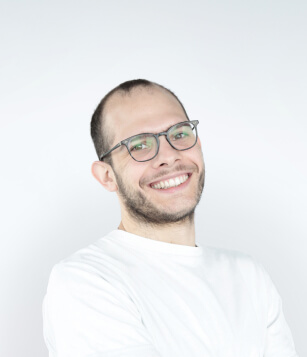
Gianni Teruzzi Principal Industrial Designer
As a Principal Designer at Huemen, Gianni is a key member of the industrial design team with responsibility for the development of the Harman Kardon portfolio with award winning products. His expertise is related to design language, materials and trends research.
